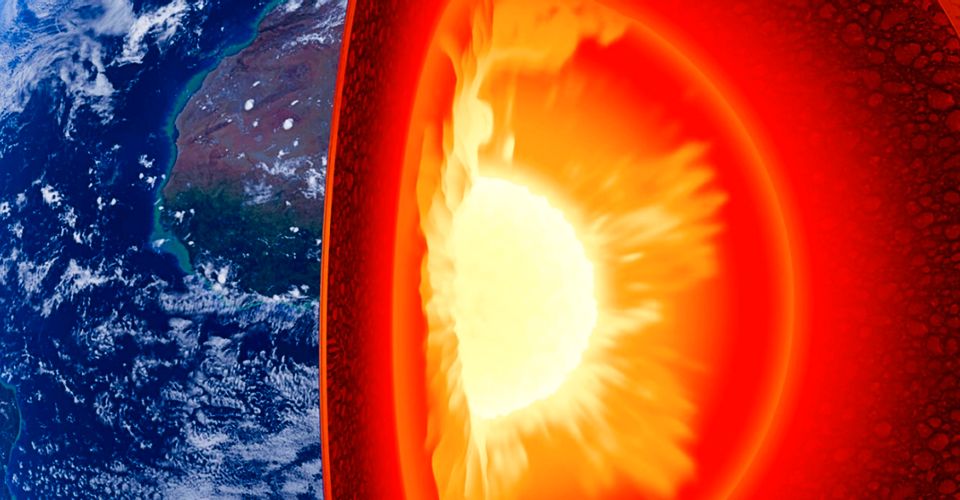Is The Earth’s Inner Core Solid? A New Report Says It Isn’t

Many scientific theories have been replaced by new ones as science progresses, and now, it seems time to update the inner Earth’s core theory. The Earth’s inner core is responsible for keeping the planet at just the right temperature. It is also responsible for generating the Earth’s magnetic field that shields people against solar flares and solar wind and guards the atmosphere.
Inner core theories do not only affect this planet. Every planet has a distinct environment, and its inner core is the leading cause for it. For example, Mars has a weak atmosphere. It is believed to have lost all its water due to a rapid debilitation of its magnetic field. The inner core activity would cause this. NASA’s Insight mission is attempting to understand this issue.
The standing theory on the Earth’s inner core is that it is a solid sphere made chiefly of iron. However, elements like nickel, silicon, sulfur, carbon, oxygen and hydrogen are also believed to be found inside the core. A new study published in Nature is now challenging this theory. Scientists simulated the conditions inside the core and observed what happened to hydrogen, oxygen and carbon when packed closely to iron. They found the elements were not solid but went into a superionic state to their surprise.
Superionic, A State Of Matter

Traditional science identifies four states of matter, solid, liquid, gas and plasma. These states are linked to conditions of temperature and pressure. For example, when the temperature drops, water freezes and changes its state from liquid to solid. All elements have their breaking point and change form. However, modern scientific discoveries of the 20th century have introduced a wide new range of states of matter. Take the state between solid and liquid, called Superionic. The condition is also characterized by its high electrical conductivity.
The new inner core study does not dispute that our core is made of iron but rather addresses the state in which that iron sphere is. A recent study from Caltech used NASA’s Cassini mission data to study Saturn’s inner core and came to a similar conclusion. Saturn’s inner core was also theorized to be solid, but the Caltech study argued it was a more “liquid” or superionic state. Similar studies have been made for Neptune and Uranus.
The author of the new Earth’s inner core study, Yu He, a geophysicist at the Chinese Academy of Sciences, described the findings as “quite abnormal.” However, a superionic inner core would explain the variations registered by seismologists over time. It would also explain how this planet, and other planets, generate magnetic fields. Deep underground, subject to massive pressures, temperatures, and radioactive energy, a new supersonic sphere of swooshing iron, about 20 percent of the Earth’s size, wants to take over the traditional solid-core theory. Will it stand? Only time and further studies will say.
Source: Nature
















